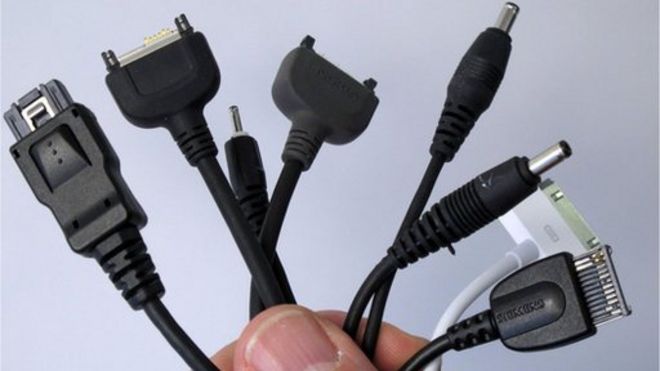I had occasion to work on much more powerful tube amps than most hi-fi hobbyists were able to. Our 1KW blowtorch, a Gates BC-1T had a 1200 watt push-pull audio power amp, modulating the final RF stage of the transmitter. Frequency response, noise and distortion were all very good. Replace the modulator transformer with an 8-ohm transformer, and it could have driven a loudspeaker to ear-shattering hi-fi loudness.
 The amplifier consisted of four 807 drivers (pictured lower rear), and two 833A finals, operating in class AB push-pull (V42 & V43, rear). The two knobs at the front adjust the bias idle current.
The amplifier consisted of four 807 drivers (pictured lower rear), and two 833A finals, operating in class AB push-pull (V42 & V43, rear). The two knobs at the front adjust the bias idle current.Anyway, during my tenure as a broadcast engineer, I had occasion to build numerous audio amplifiers. Line amps, voltage controlled amps, headphone amps, studio monitor amps. They were all solid state amps, because I wanted them to be, well, modern. And being an audiophile, they all measured and sounded great, if I do say so myself. I was especially proud of my studio monitor power amps.
So, fast forward to 2016. I thought it would be a fun idea to build a little hi-fi amp from two 50C5s and two 12AV6s, having spent most of my childhood listening to the radio on All-American-5 radios made from those tubes. As you know, the AA5 radios were the culmination of reducto absurdum, in terms of building a radio from the least number of parts.
AA5 radios had no power transformer, and got their high voltage rectified directly from the AC power line. When the filter caps were new, they got maybe 150 volts. So the tubes barely had enough voltage to operate adequately. The filaments were connected in series, so the voltages added up to 121 volts. And because of all the rampant hum, the output transformer and speaker were specifically designed for poor low frequency response. The 50C5s were operated in full pentode mode, single-ended, cathode bias, at 10% distortion. They put out maybe 1 watt (while using about 50).
Well, you get the idea. What about building a nice, ultra-linear power amplifier using two 50C5s and two 12AV6s? Two 12AV6s are identical to a 12AX7, if you ignore the extra diodes in the 12AV6. I could put those four tubes in series, and power the filaments right off the power line (at 124 volts -- close enough). And I could get a power transformer to run the B+ safely, with a true ground reference, and full wave rectifiers, i.e., a safe and decent power supply. Yes, I would use silicon rectifiers for power.
But after studying this out, I came to realize why no sane person designs with tubes anymore. There are so many constraints, and extra considerations to construct a high quality tube amplifier, that it isn't worth it. First of all, my series-connected heaters would have caused terrible hum problems, and there's no way I could have fixed that, without resorting to a DC filament supply. Now, things are starting to get weird. Not only that, but getting an output transformer that would provide the correct taps for 50C5 ultra-linear operation would be difficult. I can't even find out what percentage tap is optimal for a 50C5. I guess nobody has ever attempted it.
It would have been a fun project, but I could design a really great transistor amplifier for less cost and less effort. And if I wanted "tube sound", I could build an amplifier with field-effect transistors. They're basically just like tubes, but without the filaments, and they can run at safer voltages.




